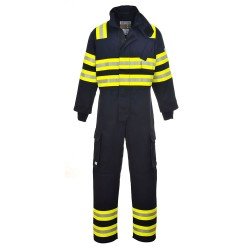
Control measures are precautions taken to reduce hazards and risks. Fire safety control measures can generally be separated into two groups:
- Fire Prevention (stopping fires occurring)
In most cases fire prevention involves simple measures that can be undertaken using the knowledge of how fires develop. Fire prevention at its most basic is based on the principle of keeping fuel sources and ignition sources separate –keep things that burn away from things that create heat.
- Fire Protection (saving lives and minimising damage when a fire occurs)
Some fire protection measures are designed into a property at the building stage. Others can be introduced later, often as a result of a fire risk assessment. Fire protection measures can be classed as either active or passive controls:
Active control measures
When a fire is detected, any measure that requires an action by somebody or something (it can be an automatic system) is classed as an active control. Examples include:
- Fire alarm systems
- Smoke detectors
- Emergency lighting
- Sprinkler systems
- Fire extinguishers, blankets and hoses
Passive control measures
These are usually physical features that have been designed to make a building safer in the event of fire. Examples include:
- Compartmentation (fire resistant walls, ceilings, doors, etc. to restrict the spread of fire)
- Fire exits, escape routes and refuges
- Signage



